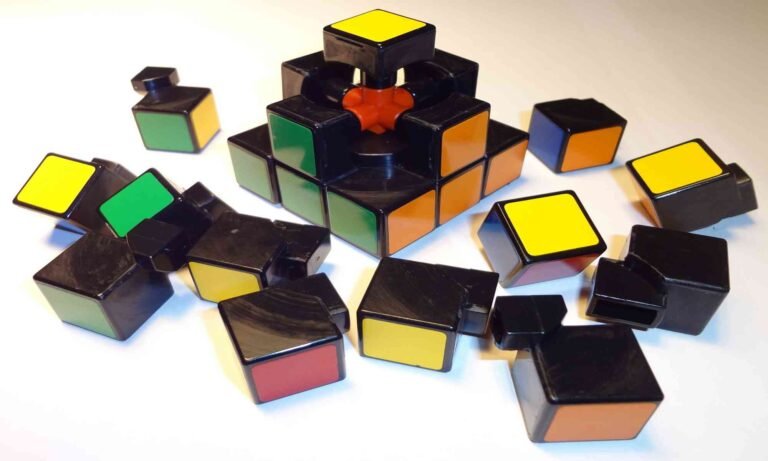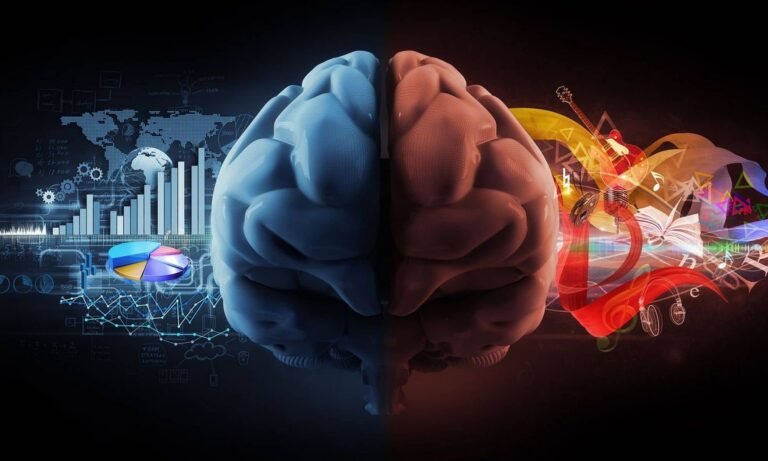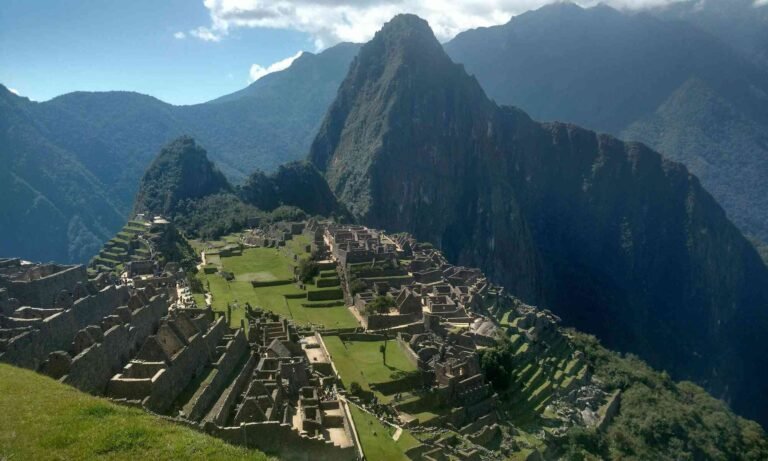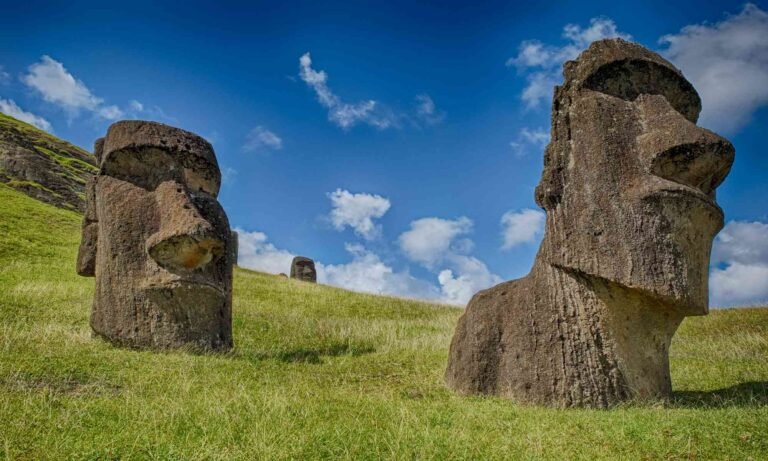Newton’s Cradle, while often seen as a desk toy, has a rich history rooted in the principles of physics. It was named after Sir Isaac Newton, who formulated the laws of motion and universal gravitation. The cradle beautifully demonstrates the conservation of momentum and energy, providing a visual representation of these scientific concepts. This simple yet effective device serves as a tangible example of Newton’s theories in action. Beyond its educational value, Newton’s Cradle has secured its place in popular culture. The legacy of Newton’s Cradle extends beyond the realm of science, embodying a timeless fascination with the laws that govern our universe.
Newton’s Cradle is a device that demonstrates the principles of conservation of momentum and energy. It typically consists of a series of identically-sized balls suspended in a straight line by strings of equal length.
When one ball on the end is lifted and released, it strikes the next ball, transmitting a force through the series of balls to push the last ball upward. This motion continues back and forth for a period of time.
Key Principles:
- Conservation of Momentum: The total momentum before and after the collision remains the same.
- Conservation of Energy: The total kinetic energy before and after the collision is conserved, assuming no energy is lost to friction or other forces.
Newton’s Cradle and Karma
The Newton’s Cradle and the concept of karma are two distinct ideas, but they both deal with the theme of cause and effect, albeit in different contexts. Karma is a concept from various Eastern religions, including Hinduism, Buddhism, and Jainism, which posits that a person’s actions determine their future experiences. Good actions lead to positive outcomes, while bad actions lead to negative outcomes. It’s a moral cause-and-effect system that operates over an individual’s lifetime or across multiple lifetimes.
The Principle of Action and Reaction in Life: A Professional Insight. In the realm of physics, Sir Isaac Newton’s third law states that for every action, there is an equal and opposite reaction. This fundamental principle, often referred to as the action-reaction law, has profound implications beyond the physical world and can be applied metaphorically to our daily lives and personal interactions.
Key Principles
- Cause and Effect: Actions (cause) lead to consequences (effect).
- Moral Framework: Good deeds result in positive outcomes, and bad deeds result in negative outcomes.
- Cycle of Rebirth: In many traditions, karma affects future lives, influencing the cycle of birth, death, and rebirth (samsara).
Comparison and Contrast
Similarities
- Both involve the principle of cause and effect.
- Both can be seen as systems where initial actions lead to predictable outcomes.
Differences
- Context: Newton’s Cradle is a physical demonstration rooted in physics, while karma is a philosophical and spiritual concept.
- Mechanism: Newton’s Cradle operates through physical interactions (momentum and energy transfer), whereas karma operates through moral and ethical laws.
- Scope: Newton’s Cradle illustrates immediate and observable effects, while karma’s effects may span over long periods, including multiple lifetimes in some beliefs.
Metaphorical Connection
As introduced above, one might use Newton’s Cradle as a metaphor for karma to illustrate the idea that actions have reactions. Just as the motion of one ball in Newton’s Cradle causes a predictable motion in another, an individual’s actions (good or bad) are believed to cause predictable consequences in the future according to the law of karma.
Cause and Effect
Newton’s Cradle
- When you lift and release one ball, it causes a chain reaction where the force is transferred through the balls, ultimately moving the ball on the opposite end.
- This physical action represents a clear and direct cause (lifting and releasing the ball) that results in an effect (the movement of the last ball).
Karma
- In the realm of karma, actions performed by an individual (cause) lead to consequences (effect) that can manifest immediately or over time.
- Good actions are believed to result in positive outcomes, while bad actions lead to negative outcomes.
Metaphorical Connection
- Just as the force in Newton’s Cradle travels through the balls and leads to an observable effect, actions in life set off a chain reaction of consequences.
- Every action, like every ball in Newton’s Cradle, plays a part in the ultimate outcome.
Conservation Principles
Newton’s Cradle
- The device demonstrates the conservation of momentum and energy, where the total momentum and energy in the system remain constant, though they transfer from one ball to another.
Karma
- Karma operates under a moral conservation principle, where the energy of one’s actions persists and transforms into outcomes that maintain the moral balance.
- Positive and negative actions contribute to one’s karmic “account,” impacting future experiences.
Metaphorical Connection
- Just as Newton’s Cradle conserves energy and momentum, karma conserves moral energy. The “energy” of actions doesn’t disappear; it transforms and influences future events.
Immediate and Delayed Effects
Newton’s Cradle
- The reaction in Newton’s Cradle is immediate. When one ball hits the next, the effect on the last ball is instantaneous and observable.
Karma
- The effects of karma might not be immediate. They can unfold over time, sometimes not manifesting until much later in life or in future lives according to some beliefs.
Metaphorical Connection
- While Newton’s Cradle shows immediate effects, it symbolizes how actions inevitably lead to consequences, much like karma, which operates on a broader timescale. Every action initiates a process that leads to a definite outcome, whether seen immediately or in the future.
Moral and Physical Domains
Newton’s Cradle
- The interactions are purely physical and governed by the laws of physics without any moral implications.
Karma
- Karma is deeply rooted in moral and ethical considerations, where the nature of the action (good or bad) determines the nature of the outcome.
Metaphorical Connection
- Although Newton’s Cradle is a physical device, its operation can be used to understand the moral framework of karma. The predictable, inevitable transfer of energy and motion can serve as a visual metaphor for the inevitable consequences of one’s actions in life.
Visualization and Understanding
Newton’s Cradle
- The device visually demonstrates complex physical principles in a simple and understandable way, making abstract concepts tangible.
Karma
- Karma, often abstract and spiritual, can be challenging to grasp fully. Using Newton’s Cradle as a metaphor can help visualize how actions and their consequences are connected.
Metaphorical Connection
- Just as watching Newton’s Cradle can help one understand the principles of momentum and energy transfer, thinking of karma in terms of Newton’s Cradle can make the abstract idea of moral cause and effect more comprehensible. Every action, like every ball in the cradle, has a ripple effect, influencing outcomes beyond the immediate moment.
Just as Newton’s cradle illustrates the direct transfer of energy and momentum through action and reaction, karma reflects the moral cause-and-effect relationship where one’s deeds inevitably influence their own future.
What’s More
The posts in My Blog feature reflective, story-driven pieces rooted in personal and societal insights.
The topics in My Interests explore abstract, philosophical ideas and their cultural and societal impact.
👁️ 7,450 Views


















